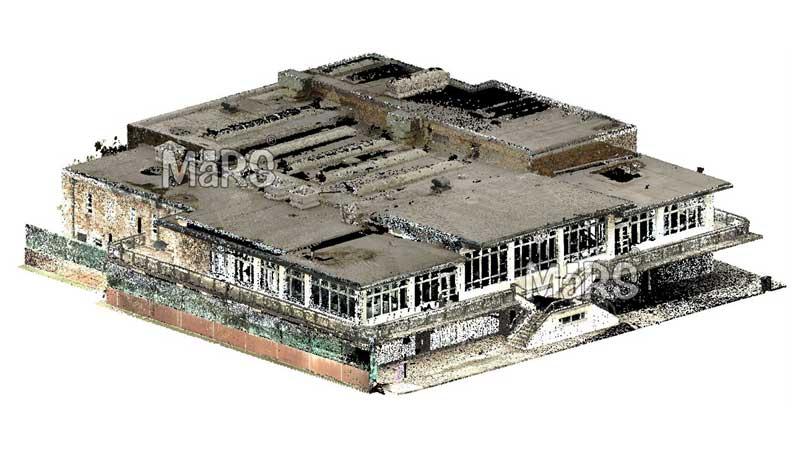Seamless Integration: Point Cloud to BIM Services for Enhanced Project Accu

In the fast-evolving world of architecture, engineering, and construction (AEC), the demand for accuracy and efficiency is paramount. As technology advances, the methods we use to capture and manage data also need to keep pace. One of the most transformative developments in this field is the integration of point cloud data with Building Information Modeling (BIM). In this blog, we’ll explore how point cloud to BIM services work, their benefits, and how they enhance project accuracy.
What is Point Cloud Data?
Point cloud data is a collection of points in a three-dimensional coordinate system, representing the external surface of an object or environment. These points are typically collected using laser scanning technologies, such as LiDAR (Light Detection and Ranging) or photogrammetry. The resulting point cloud captures intricate details, including dimensions, shapes, and textures, providing a highly accurate representation of the physical space.
The Role of BIM in AEC
Building Information Modeling (BIM) is a digital representation of a building's physical and functional characteristics. It serves as a shared knowledge resource, facilitating better decision-making throughout the project lifecycle. BIM integrates various data types and project dimensions, including geometry, spatial relationships, geographic information, and even the lifecycle of building materials.
The Process of Converting Point Clouds to BIM
- Data Acquisition: The first step involves capturing point cloud data using laser scanners or drones. This data can be obtained from existing buildings, construction sites, or proposed sites.
- Point Cloud Processing: Once the data is collected, it must be processed. This involves cleaning and filtering the point cloud to remove noise and irrelevant data, ensuring that only the most accurate and relevant points are retained.
- Model Creation: After processing, the point cloud data is imported into BIM software. Here, the point cloud serves as a reference for creating a 3D model. Designers and engineers use the point cloud to define the building's geometry, materials, and systems accurately.
- Collaboration and Coordination: With the BIM model established, stakeholders can collaborate more effectively. The model allows for real-time updates, enabling team members to coordinate their efforts and identify potential clashes or discrepancies early in the design process.
- Project Implementation: Finally, the BIM model can be used throughout the construction phase and beyond, providing ongoing insights into the building’s performance and facilitating maintenance and operations.
Benefits of Point Cloud to BIM Services
- Enhanced Accuracy: By starting with precise point cloud data, the resulting BIM model reflects the true dimensions and features of the environment, reducing the risk of errors and rework.
- Time Efficiency: The automation of model creation from point cloud data saves significant time compared to manual drafting methods. This allows project teams to focus on higher-value tasks.
- Improved Visualization: A BIM model created from point cloud data provides a clear visual representation of the project, helping stakeholders understand design intent and make informed decisions.
- Conflict Detection: BIM’s ability to detect clashes and conflicts between different building systems reduces costly on-site issues and ensures smoother construction processes.
- Lifecycle Management: Point Cloud to BIM services enable ongoing management and maintenance of buildings, providing accurate data for renovations, expansions, or facility management.
Real-World Applications
Point cloud to BIM services have found applications across various sectors:
- Heritage Restoration: Accurately capturing historical buildings for restoration projects while preserving their original characteristics.
- Construction Sites: Monitoring ongoing construction work by comparing as-built conditions to the planned BIM model to ensure compliance with design specifications.
- Facility Management: Using BIM models created from point clouds for effective maintenance, allowing facilities managers to access precise building information easily.
Conclusion
The integration of point cloud data with BIM services represents a significant advancement in the AEC industry, enabling enhanced accuracy, efficiency, and collaboration throughout the project lifecycle. As technology continues to evolve, the seamless integration of point clouds into BIM workflows will undoubtedly play a critical role in shaping the future of construction and building management.
If you’re considering incorporating point cloud to BIM services into your next project, consult with experienced professionals to ensure you leverage the full potential of this transformative technology. By doing so, you’ll enhance not only your project’s accuracy but also its overall success.







Comments